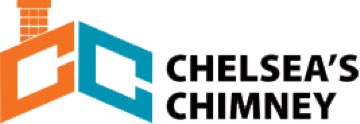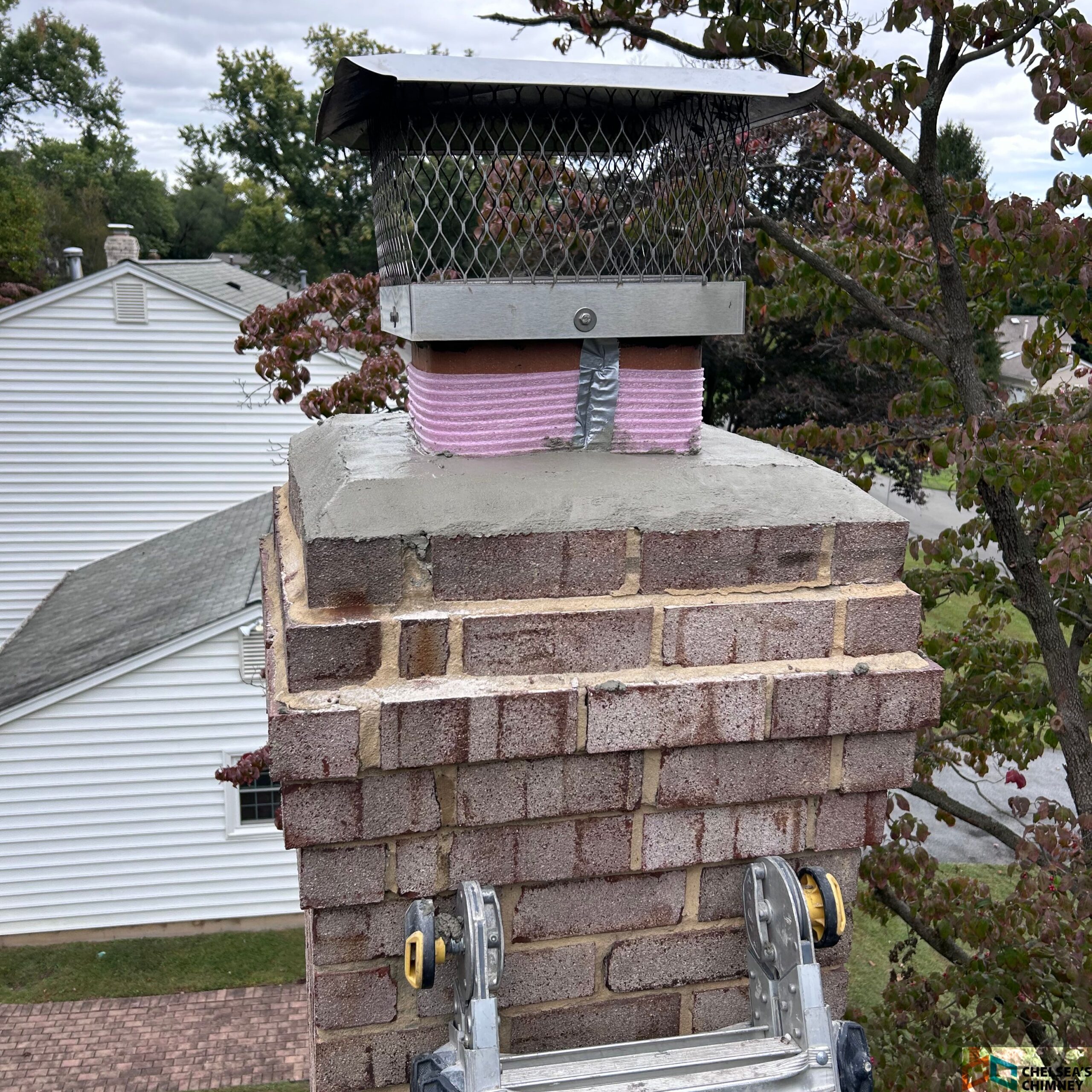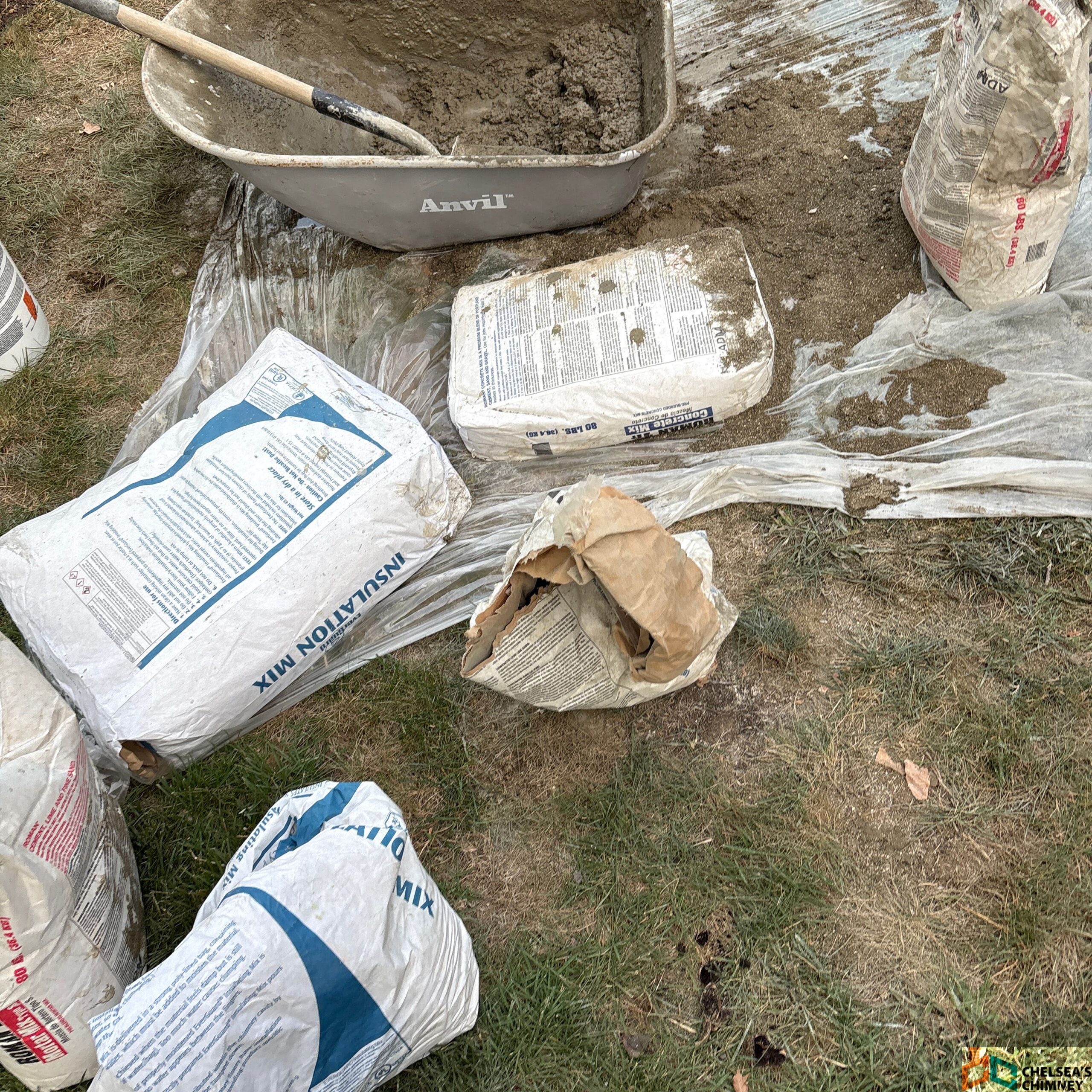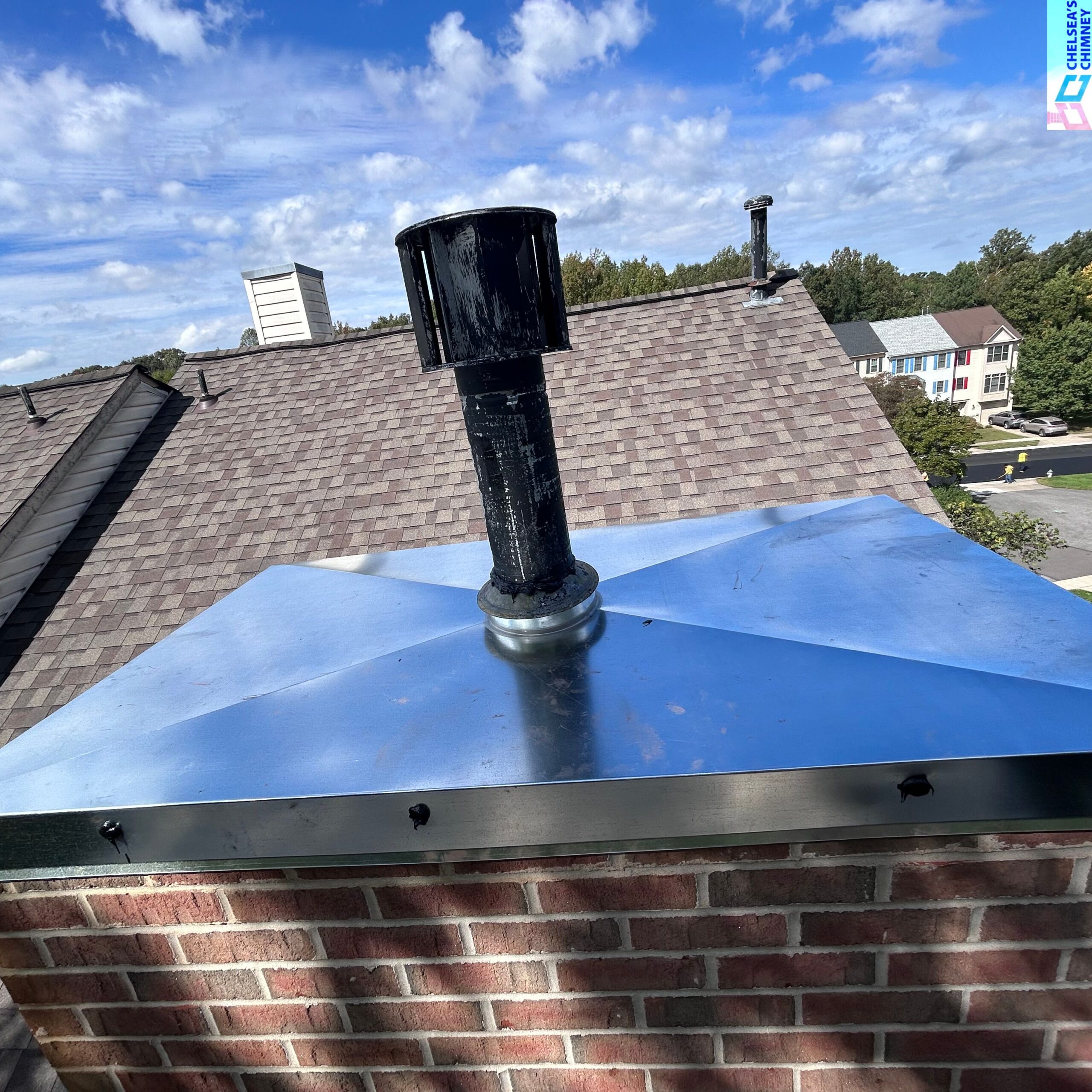Improving the draw of your chimney in Poolesville, MD, is crucial for ensuring that smoke is properly vented out of your home, preventing backdrafts, and maintaining a clean burn. Here are some strategies to help your chimney draw better:
1. Ensure Proper Flue Size
- Correct Sizing: The flue size should be appropriate for the size of your fireplace. If the flue is too large or too small, it can affect the chimney’s ability to draw properly. Consulting with a professional to assess and, if necessary, resize the flue can make a significant difference.
2. Regular Cleaning
- Chimney Sweeping: A clean chimney allows for better airflow. Creosote buildup, soot, or debris can obstruct the flue, reducing the chimney’s ability to draw effectively. Regular chimney sweeping is essential to maintain optimal performance.
- Clearing Blockages: Ensure there are no obstructions, such as nests, leaves, or animal debris, in the flue that could impede airflow.
3. Check the Chimney Cap
- Install or Repair: A chimney cap can help improve the draw by preventing downdrafts caused by wind. If you already have a cap, ensure it’s not damaged or clogged, as this can reduce the chimney’s effectiveness.
4. Optimize the Air Supply
- Adequate Ventilation: Ensure there is enough air supply in the room where the fireplace is located. If the room is too airtight, the chimney might struggle to draw properly. Opening a window slightly can help balance the pressure.
- Fireplace Doors: If you have glass doors on your fireplace, opening them slightly can also improve the airflow.
5. Check for Draft Problems
- Warm the Flue: Before lighting a fire, you can improve the draw by warming up the flue. Roll up a piece of newspaper, light it, and hold it up in the chimney for a few minutes to warm the air inside. This helps create an upward draft before you light the main fire.
- Smoke Test: If you suspect a drafting problem, performing a smoke test can help. Light a piece of paper and observe where the smoke goes. If it doesn’t go straight up the chimney, you may have a drafting issue.
6. Chimney Height
- Check the Height: The chimney should be tall enough to allow for proper drafting. If it’s too short, wind and other factors can affect its ability to draw. A chimney that extends at least 2 feet above any roof surface within 10 feet and is at least 3 feet above the highest point of the roof is generally recommended.
7. Inspect the Damper
- Fully Open Damper: Ensure the damper is fully open when the fireplace is in use. A partially closed or damaged damper can restrict airflow and reduce the chimney’s draw.
- Damper Replacement: If the damper is old or damaged, replacing it with a new one can improve the draw.
8. Use Seasoned Firewood
- Dry Wood: Burning dry, seasoned firewood produces less smoke and creosote, leading to a cleaner and more efficient burn. Wet or unseasoned wood creates more smoke, which can cool the flue and reduce the chimney’s ability to draw.
Conclusion:
Improving your chimney’s draw can involve a combination of cleaning, ensuring proper air supply, and addressing any structural issues. Regular maintenance and inspections are key to keeping your chimney in top condition.
For professional chimney inspection, cleaning, and repair services in Poolesville, MD, contact Chelsea’s Chimney today! We can help optimize your chimney’s performance and ensure it’s drawing efficiently.





